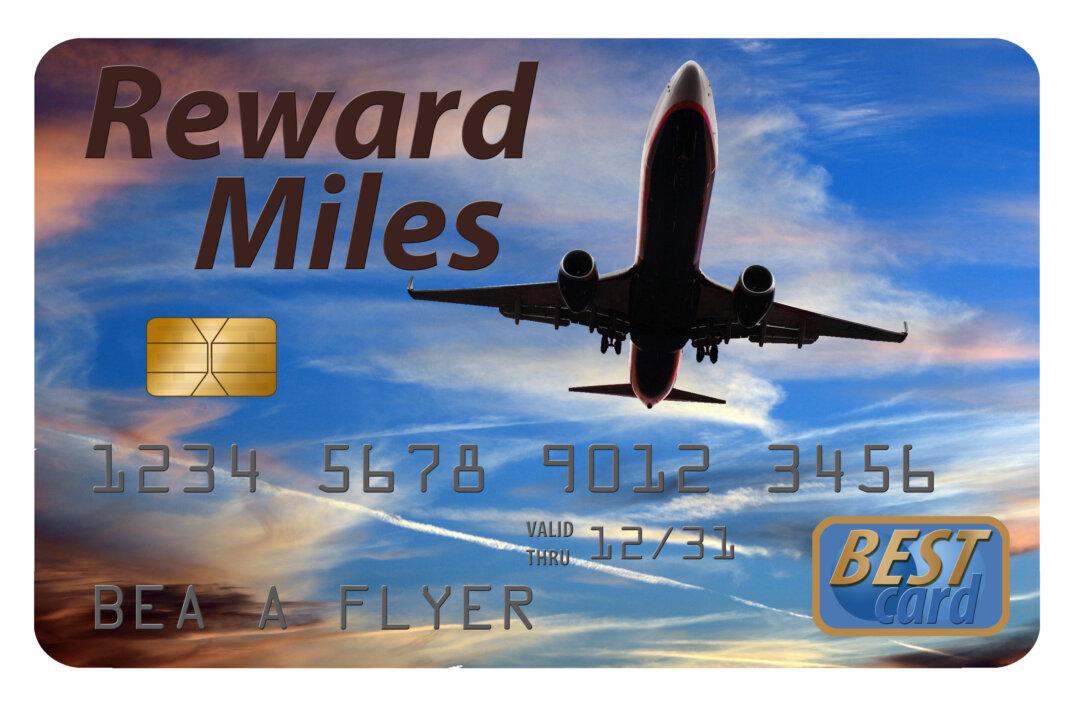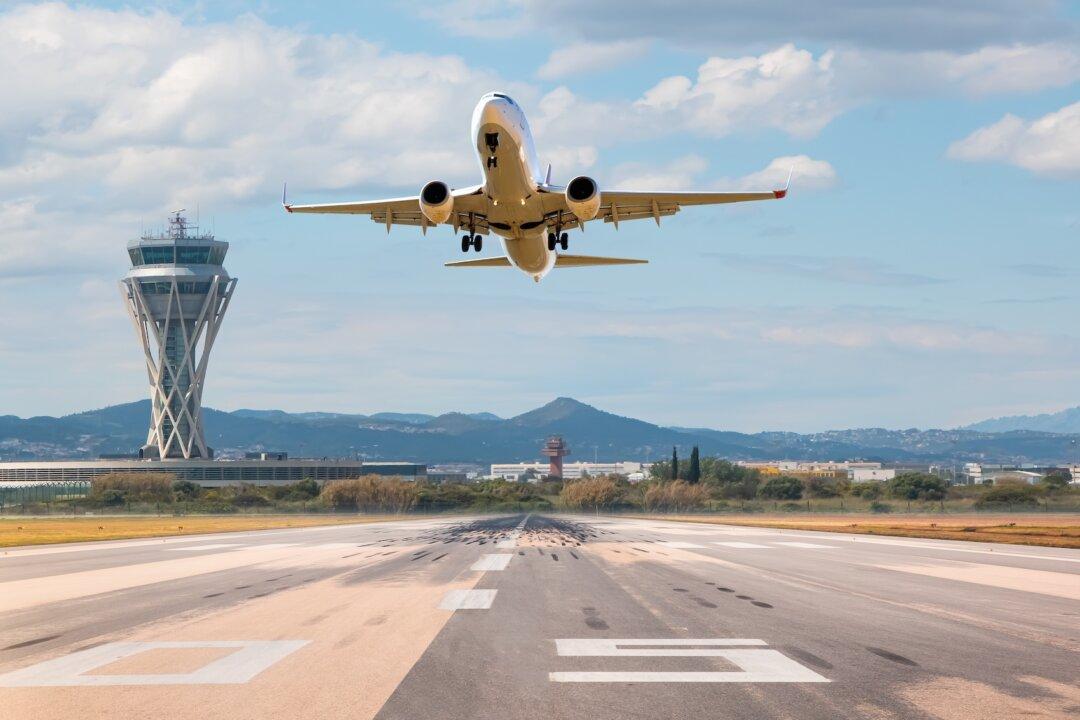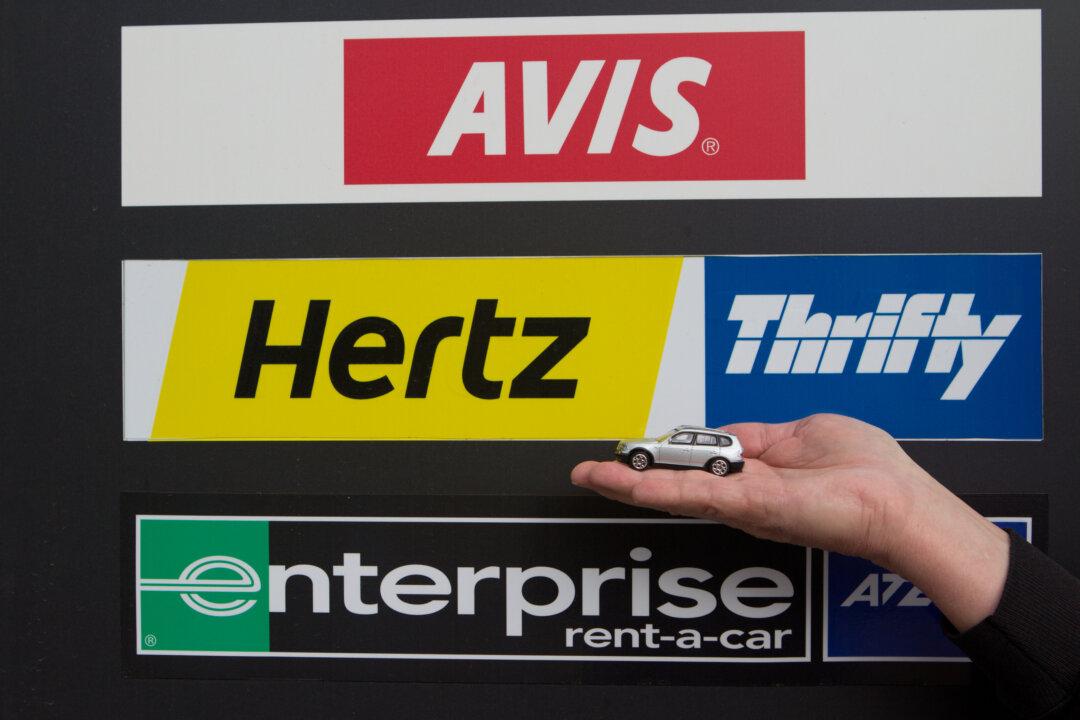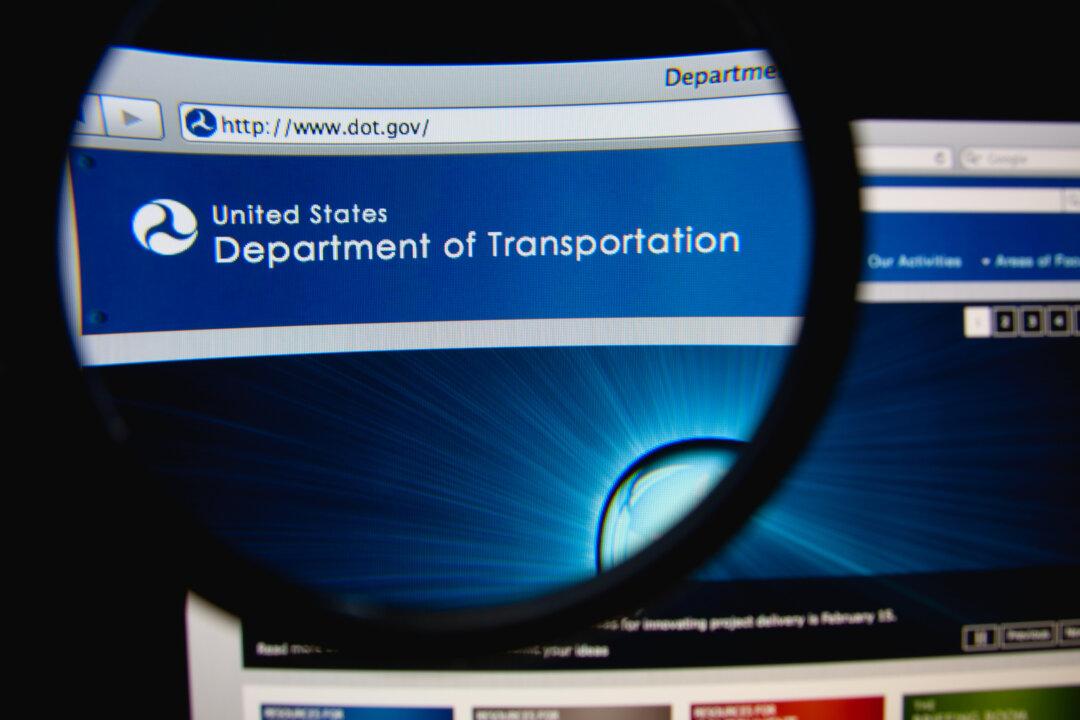Travel outfits are fond of publishing “best” lists—best airlines, best airports, best hotels, best restaurants. You name it and someone will rate it. But almost all frequent flyer ratings are flawed: They can’t account for the fact that different flyers use their programs in different ways.
Point.me just released its ratings for this year:
- Air France KLM Flying Blue
- Air Canada Aeroplan
- United Airlines MileagePlus
- British Airways Executive Club
- Virgin Atlantic Flying Club
- American Airlines AAdvantage
- Alaska Airlines Mileage Plan
- Qatar Airways Privilege Club
- JetBlue TrueBlue
- Avianca LifeMiles





